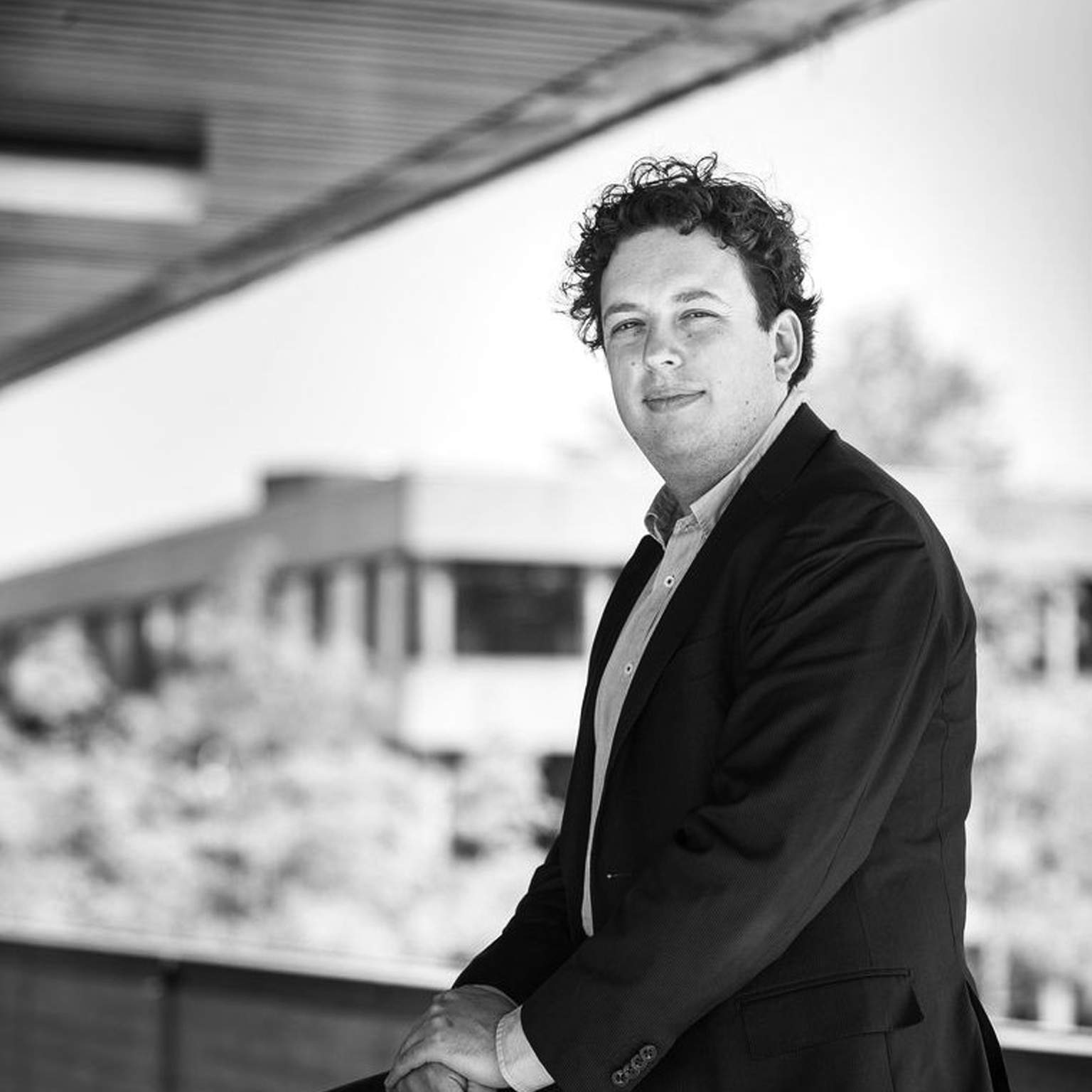For a long time, economics was dominated by the idea that greater prosperity would automatically lead to greater happiness: if we become richer, we can consume more, and that would ultimately make us happier. Yet countless studies now show that the growing prosperity in the West over the past decades has hardly led to more happiness. This is not only due to rising inequality, but also to the way we achieve growth: often at the expense of other things crucial for a good life, such as social relationships, the quality of work, and a healthy living environment.
If we translate that idea to the level of products, shouldn’t industrial design focus more on human happiness? Traditionally, product design emphasizes functionality, efficiency, and durability. When the user is considered, it often revolves around avoiding frustration: ensuring that something works, doesn’t break, is user-friendly, and doesn’t generate angry phone calls to customer care centers.
But what if we designed products not just to prevent discomfort, but to actively promote happiness? Products that not only function, but also connect, inspire, and enrich everyday life. Products that empower users to bring out the best in themselves, while recognizing the diversity of users, since what works for one person may mean little to another.
Those objectives are clearly visible in the projects of the 4TU Health & Wellbeing program: from digital escape to community building, from recovery in daily life to attention for the designer’s own happiness in From Empathy to Vulnerability. The latter is equally important. According to Barbara Fredrickson’s “Broaden-and-Build” theory, positive emotions can lead to greater creativity, collaboration, and productivity. Happy designers, therefore, are likely to create better designs.
So how can design concretely contribute to happiness? The project Let’s Bond offers a card game where players share memories and reflect on the question “What makes you happy?”, thereby strengthening social bonds. Octoping shows how design can make online communication more human and warmer, an important theme in our individualistic society, where we increasingly live online and connectedness has become a forgotten basic need.
Digital Detoxery explores the relationship between social media and mental health, which is often negative. Yet technology can also have positive effects on happiness since it ultimately depends on how we use it. For instance, Ritual of Qi combines technology with the ‘Pai Ba Xu’ qigong method to enhance wellbeing at work. And Wave of Care demonstrates how a platform that allows family members to share health data can foster mutual support and care. The project From Care Pathway Mapping to Data Strategy Implementation examines how new technology can help bridge the gap between the expectations of skin cancer patients and surgical outcomes in nasal reconstruction.
What ultimately makes us truly happy? Perhaps it’s that designers must constantly ask: what works for whom, and under what circumstances? A gamified app may motivate young people, but discourage older users. A medical aid that increases autonomy for one person may evoke feelings of surveillance or loss of control in another.
The focus on diversity and inclusion shines through beautifully in projects like Freehabilitation, which uses design principles to better integrate rehabilitation into everyday life, and Experience Garden, a garden for people with dementia and their caregivers. Such a green environment not only increases happiness through time spent in nature, but also invites connection and conversation.
Other projects in the program focus more on environmental sustainability, which is pivotal for the happiness of future generations. For example, POMPA developed reusable inflation devices for cardiologists and radiologists to reduce the massive waste generated by some 100,000 disposable devices each year. False Prophets of Food challenges us to rethink the unsustainable ways we consume. Can raising awareness and (re-)design help us change course, even just a little?
The 4TU Health & Wellbeing program shows that designing for happiness is not only possible, but represents the way forward. Form and function can come together to create the conditions for meaningful experiences in everyday life. After all, who wouldn’t want to consume—or design—in a way that genuinely contributes to one’s own happiness and that of future generations?
Prof. Dr. Martijn Burger (1982) has held the endowed chair in the Economics of Happiness at the Faculty of Management at the Open University since 2021. He is the academic director of the Erasmus Happiness Economics Research Organisation and a visiting professor at the University of Johannesburg. In addition, he serves on the board of the International Society for Quality-of-Life Studies and is editor of the Journal of Wellbeing Economics. After completing two master’s degrees in economics and sociology, he obtained his PhD cum laude from Erasmus University Rotterdam in 2011 with research on urban form and productivity.
